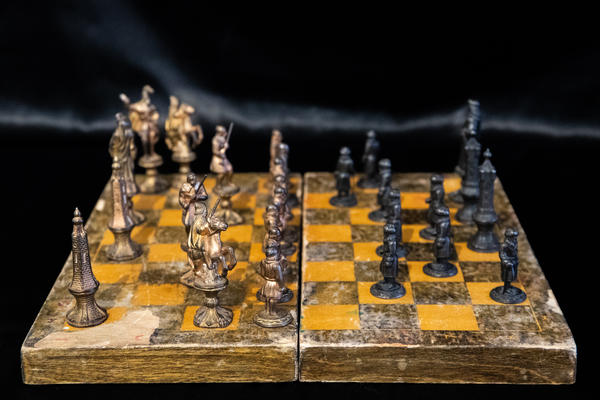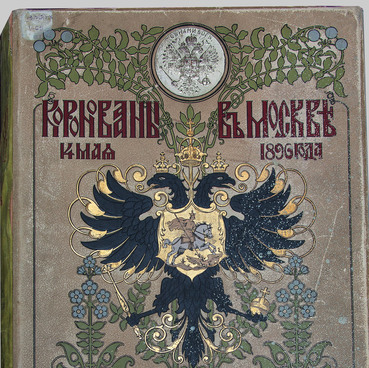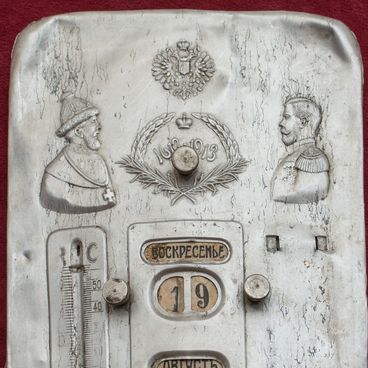Chess in Russia was a favourite game of many emperors and their families. For example, Ivan the Terrible was a big fan of chess. There is a legend that the tsar died at the chessboard. All autocrats without exception, from Peter the Great to Nicholas II, played chess too.
Nicholas II made a great contribution to the development of chess as a sport in Russia. In particular, in 1909, at the expense of the emperor, a large tournament was held in memory of Mikhail Chigorin, the founder of the national chess school. According to the retinue, even during the Tobolsk exile, the imperial family members gathered in the evening in the Great Hall of the Governor’s House and whiled away time with chess games.
The cast iron chess pieces presented at the exposition were made at the Kasli Factory in the first half of the 19th century.
The Kasli Iron Works was founded in the small southern Ural town of Kasli by the Tula merchant Yakov Korobov in 1747. In 1752, the factory was bought by the famous industrialist Nikita Demidov, the owner of many factories in the Urals and Siberia. In the 18th century, the factory became famous for its excellent iron. There they smelted cast iron, which was processed into coulter, strip and lump iron.
In the 19th century, the enterprise became famous for ornamental iron casting, also called “cabinet” casting. At the beginning of the century, the Kasli Factory became owned by Lev Rastorguev, a free merchant of the first guild, who paid 700 thousand roubles for it. He began to invite talented sculptors, artists, chasers and moulders to the factory. Thus, to Kasli moved graduates of the St. Petersburg Academy of Arts Mikhail Kanaev and Nikolay Bach, who later organized an art school at the factory.
In 1860-1890, Kasli ornamental casting reached its peak. The unique Kasli style became famous not only in Russia but also abroad. Kasli casting was characterized by graphic clarity of silhouettes, a harmonious combination of carefully executed small details and generalized planes, as well as an expressive play of highlights on finished items. Masters achieved it with soot black – a black paint of a special composition that they used to coat products.
Nicholas II made a great contribution to the development of chess as a sport in Russia. In particular, in 1909, at the expense of the emperor, a large tournament was held in memory of Mikhail Chigorin, the founder of the national chess school. According to the retinue, even during the Tobolsk exile, the imperial family members gathered in the evening in the Great Hall of the Governor’s House and whiled away time with chess games.
The cast iron chess pieces presented at the exposition were made at the Kasli Factory in the first half of the 19th century.
The Kasli Iron Works was founded in the small southern Ural town of Kasli by the Tula merchant Yakov Korobov in 1747. In 1752, the factory was bought by the famous industrialist Nikita Demidov, the owner of many factories in the Urals and Siberia. In the 18th century, the factory became famous for its excellent iron. There they smelted cast iron, which was processed into coulter, strip and lump iron.
In the 19th century, the enterprise became famous for ornamental iron casting, also called “cabinet” casting. At the beginning of the century, the Kasli Factory became owned by Lev Rastorguev, a free merchant of the first guild, who paid 700 thousand roubles for it. He began to invite talented sculptors, artists, chasers and moulders to the factory. Thus, to Kasli moved graduates of the St. Petersburg Academy of Arts Mikhail Kanaev and Nikolay Bach, who later organized an art school at the factory.
In 1860-1890, Kasli ornamental casting reached its peak. The unique Kasli style became famous not only in Russia but also abroad. Kasli casting was characterized by graphic clarity of silhouettes, a harmonious combination of carefully executed small details and generalized planes, as well as an expressive play of highlights on finished items. Masters achieved it with soot black – a black paint of a special composition that they used to coat products.



